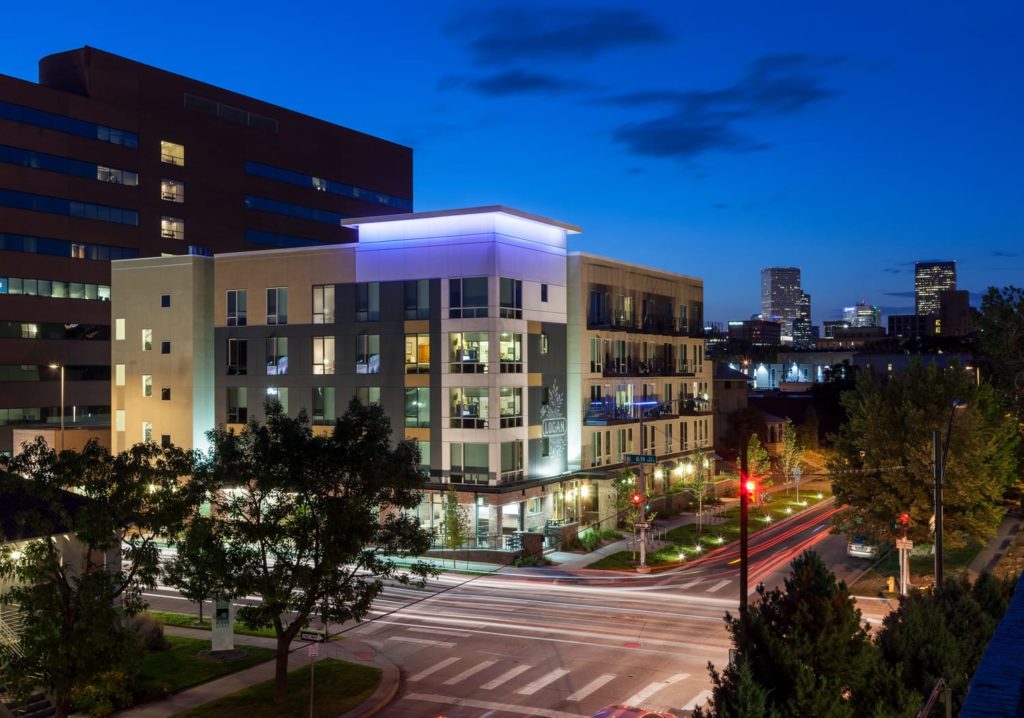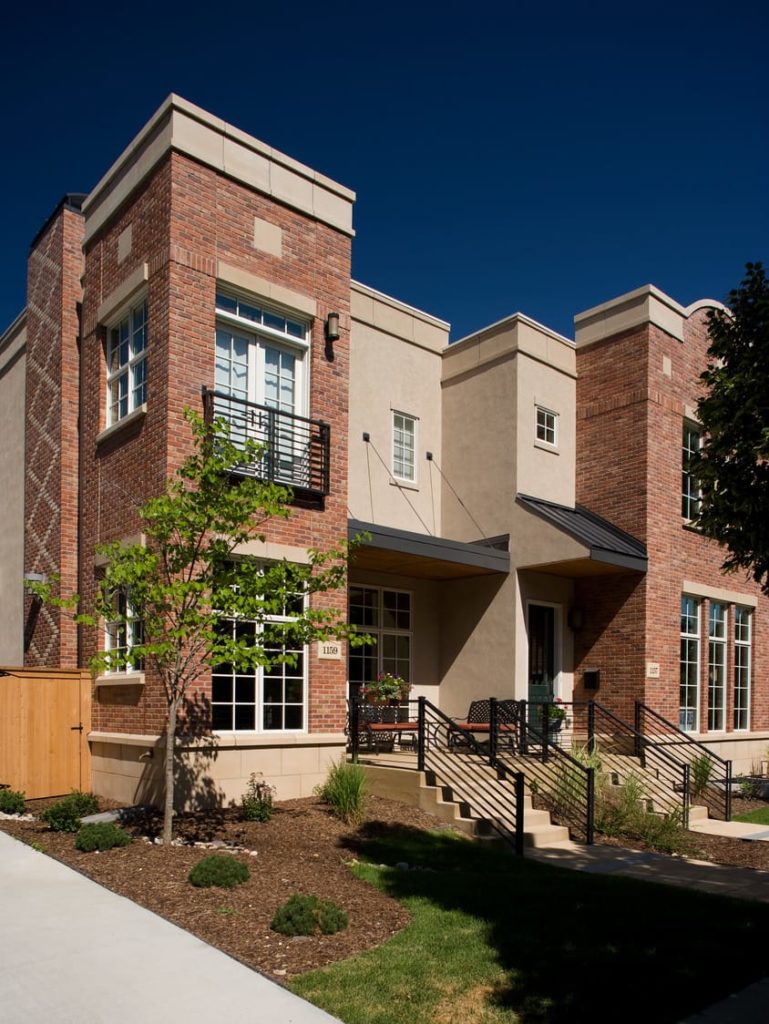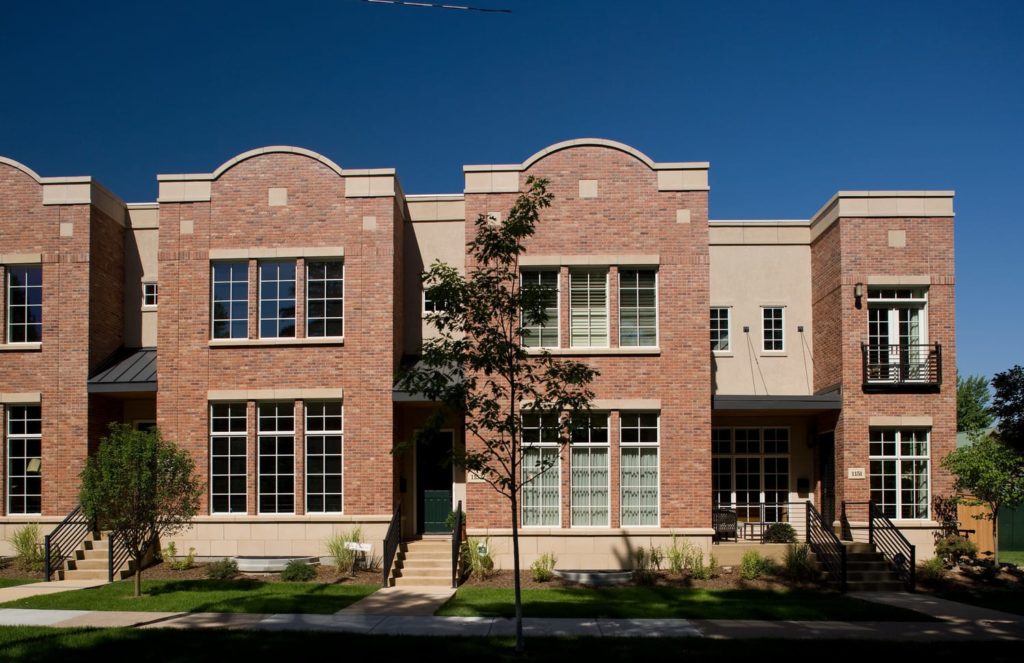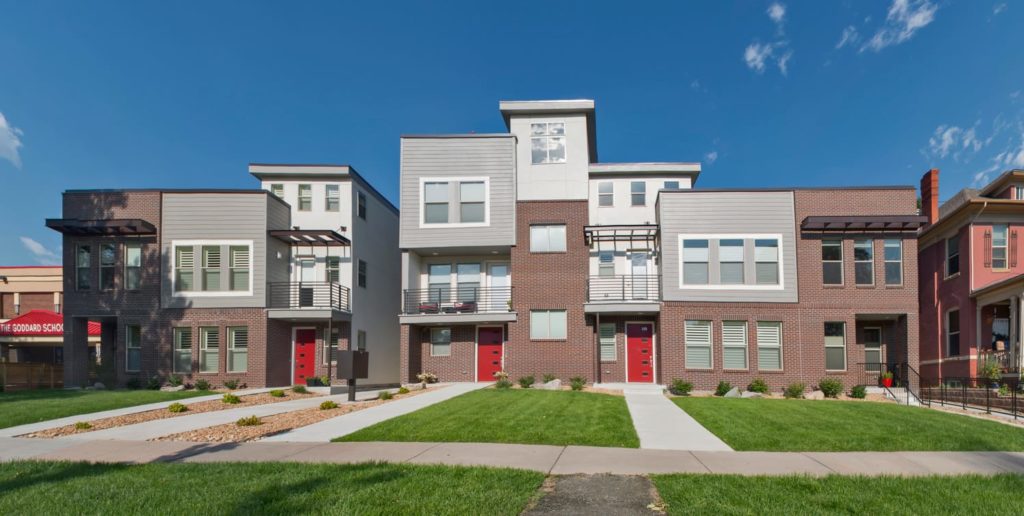No two parcels of land are alike, and every site will have issues. One site may have the best location, but development challenges may make it impossible to pencil. The trick is to find sites that hit the sweet spot of risk and reward, and are attractive to the targeted buyer profile. This includes putting together the right team and considering the marketing strategy ahead of time.
When evaluating a parcel, make sure to take into consideration what we like to call the “site selection seven”.
1 Desirability of the area
The best sites are often not on the market, so identify desirable sites and talk to the owners. You never know what they will say. Our favorite sites are in up-and-coming areas that offer a lower land basis and a future upside as the area redevelops.
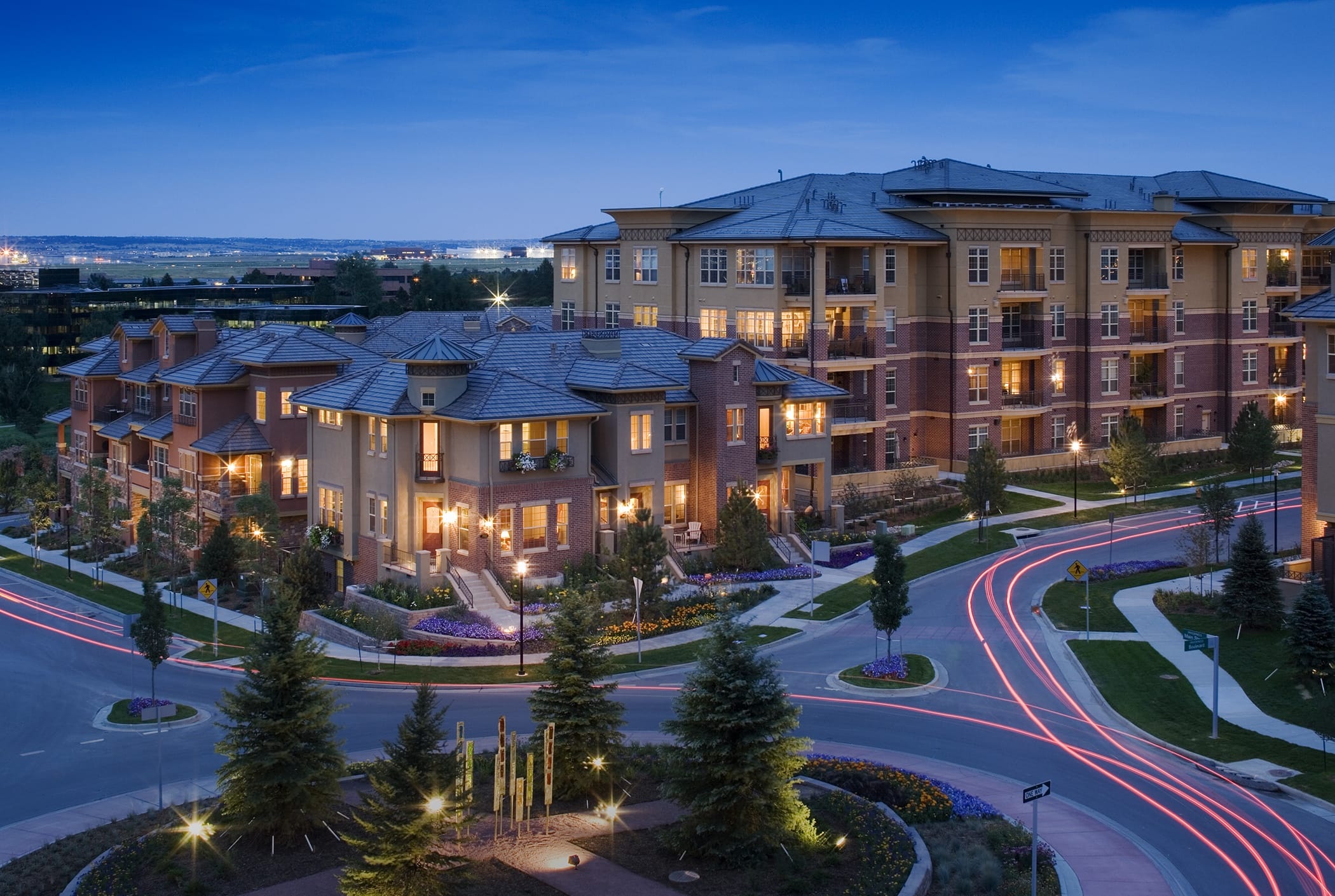
If the site is already in a highly desirable area with markets, restaurants, schools, transit, etc., design quality homes that can command a premium. Also, remember that walkability scores are a draw for potential buyers and that surrounding features can be leveraged in lieu of creating on-site amenities.
For example, the developer of Vallagio at Inverness, a 292-home, for-sale multifamily community just outside of Denver, Colorado, negotiated discounted access for residents to the neighboring luxury resort. This creative partnership eliminated the expense of building a large, on-site clubhouse and was a popular selling feature.
2 General plan for the area/current and potential zoning
Can you build what you have envisioned for the site? It is critical to understand the general development plan for the area, zoning, building codes, and design guidelines for issues such as density, setbacks, height restrictions, lot coverage, etc. This is why you need experienced architects and planners, and possibly a zoning attorney, on your team, especially when evaluating infill sites.
It takes time to file for variances or rezoning, and time is money. It’s imperative to have a good understanding of what can be built before your money goes hard for the land.
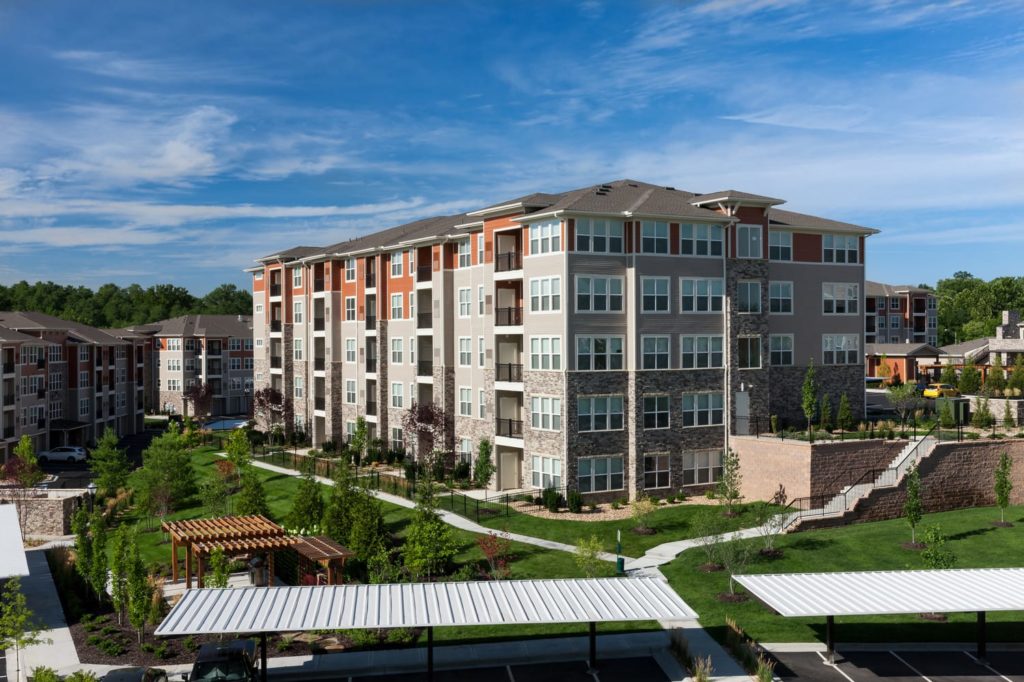
3 Potential opposition to the project
Most people don’t like change, especially when it comes to their neighborhood. In addition to understanding the municipalities’ desires, it is critical to learn the perspective of neighbors and community groups when it comes to development. Become as much of a local in the area as possible to understand the mindset of the people living there. Are they anti-growth, or worried about traffic or overcrowding? Working with the community upfront can save time and help make sales later.
A good example of this occurred before the development of High Line Pointe apartments in Denver. The development team recognized it faced a challenging approval process due to the site spanning two jurisdictions and a required rezone from commercial/office to residential use.
Before any design work began, the team spent a year meeting with surrounding HOAs, influential neighborhood groups, individual neighbors, and the planning staff in both counties to understand their concerns. The goal was to successfully design a community that would not only gain approval, but be welcomed in the area.
This preliminary work resulted in creating a feasible design that addressed the needs of the community was right out of the gate. That led to a successful rezone and a faster approval process.
Be sure to work with neighbors. When plans for Myrtle Hill at Washington Park in Denver were first announced, the neighbors filed for a local historic landmark designation. One year — and 28 neighborhood meetings — later, the community received unanimous approval.Images courtesy of KEPHART and photo taken by Steve Hinds © Steve Hinds, Inc.
4 Cost of the land
Two critical metrics are used when determining the economic feasibility of the land: price per unit and land price per square foot. To determine these two numbers, you must know approximately how many units will fit on the site and what size they will be.
This is where a market researcher and a land planner can help, but do your own market research as well to determine what product type and mix is appropriate for the site. Think lifestyle, not age demographic. A land planner can then lay out the site using zoning and product information.
Don’t be afraid to have your land planner lay out multiple site plans, even with differing product types, to help you discover the highest and best use for the site. Having all this data can help you determine if it’s worth pursuing and, if so, negotiate your offer price for the land.
5 Buyer profile and product design
Take advantage of reusable design. These townhomes feature innovative units that can be interchanged to fit on various infill sites. With four different layouts available that fit together like puzzle pieces, potential buyers are sure to find a home that suits their needs.Images courtesy of KEPHART.
It’s essential to design to the lifestyle of your buyer, not your own. Do your research to have a clear picture of your target buyers and what they are seeking in a new home. Whether you choose to build single-family or attached homes, do not compromise on good, livable designs; they will always sell. If you decide to pursue attached product, get the design right before construction starts because it is difficult and costly to make changes midstream.
6 Financing and timing
The type of product that will be built can have an impact on the terms and types of financing that can be obtained, so research options early. Product type can also affect the length of the approval process and carrying costs. Be sure to realistically estimate how much time is needed before your first closing, and remember that building multifamily typically requires more cash before closings begin. When creating a pro forma, plan for the worst case and hope for the best. Don’t forget that delays always happen and costs always overrun.
7 General market factors and competition
Pay attention to market trends and assess where the market will be when your development is past the point of no return. Depending on the length of the entitlement and approval process, and the product type and development size you choose, the build-out time can vary greatly. The faster you can start and fully complete your development deal, the less market risk you will have.
When evaluating a site, consider the options a buyer has compared to the product you plan to offer. Evaluate how many builders are already building in the area, what they are building, and how quickly their homes are selling. If you cannot offer a home that fills a need in the marketplace in terms of product type, price, design, or value, look for a different site. Choosing a site is a complex decision. If you invest the time to do your research, hire the right team, and fully vet the “site selection seven,” your chances for getting it right and reaping the rewards will be significantly improved.
